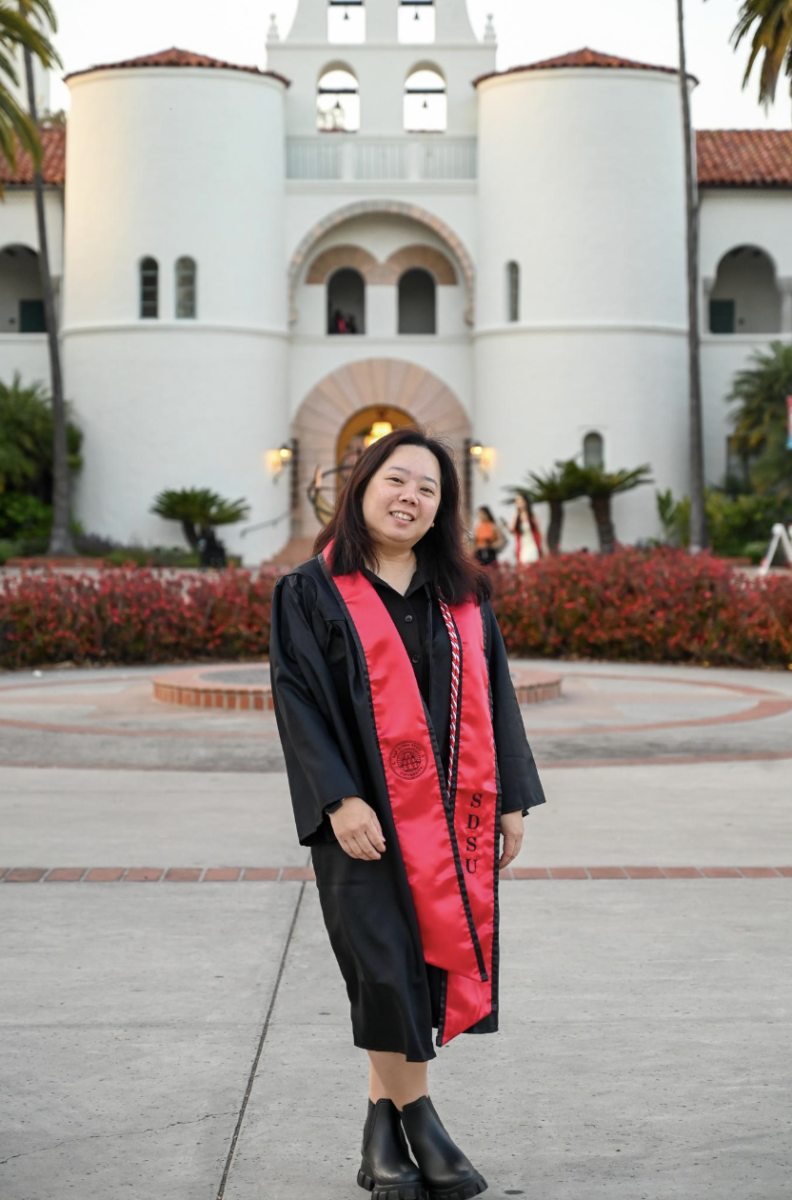
It’s May 24, 2006, a Bush is in the White House, gas prices are less than three dollars and amazingly high housing prices cannot stop climbing.
Government regulation is unnecessary as corporations are trustworthy, banks are solvent and Wall Street is full of upright chaps. Amid the splendor, 43 million Americans are watching the season five finale of American Idol. The nauseating and utterly useless trio of Paula Abdul, Simon Cowell and Randy Jackson are in attendance, serving as one big happy family of judges.
Season five’s finalists are Taylor Hicks, a poster boy (although boy doesn’t seem quite accurate) for Just for Men’s touch of gray, and Katharine McPhee. Drumroll please, and Hicks is the winner. Tonight’s host and distinguished historian Ryan Seacrest offers the following statement concerning the 63 million votes cast: “That’s more than any president in the history of our country has received,” he said.
Seacrest’s proclamation would only last for two more years; in 2008, Barack Obama would surpass the renowned American Idol mark, as he received more than 69 million votes. Yet what do Seacrest’s comments indicate about the dismal voter participation in America? When did a reality show’s popularity surpass the interest to engage in the democratic process? Has the United States really become the home of the apathetic and land of the indifferent? In order to fully understand the miserable nature of American voter turnout, two assessments need to be made: one. a historical examination of domestic voting trends, and two, a global comparison of voter turnout rates around the world.
In America, voter turnout is pathetic. Last year, a paltry 41.8 percent of eligible Americans voted in the U.S. Senate elections. Historically last year’s turnout was the lowest rate ever reported by the U.S. Census Bureau, which has recorded voter turnout rates since 1964. The highest recorded turnout was that same year, when an astounding 69.3 percent of eligible Americans voted. This difference of 27 percent would have equated to an additional 60 million votes being cast last year. Furthermore, decade by decade voter turnout has depreciated at an alarming rate. The average turnout for the 1960s was around 64 percent (albeit with two presidential elections out of the three elections recorded). Through the past decade the average voter turnout has plummeted to 49.8 percent. Fewer and fewer Americans are voting.
A global examination of voter turnouts paints an equally grim picture. According to figures from the International Institute for Democracy and Electoral Assistance, the U.S. ranks 138th in the world in terms of voter turnout for all elections since 1945. During this time period, voter turnout in the country has averaged only 47.7 percent. Yet this figure may actually overstate the real global ranking of the U.S. Of the 31 countries ranked lower in voter participation, many were involved in the Arab Spring, and many more are witnessing protests aimed at instilling essential freedoms within their countries. In these countries, if and when free and fair elections are permitted, incredibly high voter turnout will follow.
With this consideration, the actuality is, the U.S. may be far lower, realistically ranking somewhere in the bottom 10 percent of world in voter turnout. The majority of Americans won’t see voter turnout as a significant problem. Nevertheless this same majority also don’t vote.
To solve such a problem, reverse a plunging trend and foster increased democratic participation, the U.S. should adopt a compulsory voting system requiring citizens to vote. In order to solicit compliance, financial deterrents, such as fines or community service requirements should also be adopted. Voters should retain the right to turn in an empty ballot, or vote in any way they feel, but one cannot simply abstain from voting. In a situation of willingly non-voting, that person would have to submit in writing their rationalization for their voluntary inaction that would be reviewed by a federal judge. If a voter deems the candidates to be unworthy of their time or their vote, then this voter should have to articulate why it is they have decided not to participate. After review, if a judge deems an excuse unacceptable, then said fines or service would follow. Either way, voter participation will increase, or a new revenue source will be created for the federal government.
Many countries already employ compulsory voting including Argentina, Australia, Brazil and Peru. Within these compulsory systems, voting is a civic responsibility, not merely a civic right. This requirement creates a climate where those elected actually receive a substantial percentage of votes. To illustrate this point, in 2004 only 28.7 percent of eligible Americans voted for George W. Bush. In Australia, last year’s voting turnout topped 93 percent. Those who failed to vote were subjected to fines of around $20.
In a compelling side story, numerous states have instituted laws around the country, aimed to make the voting process more difficult for Americans everywhere. New restrictions are being placed on voter registration organizations; voting periods are being shrunk, voting rights are being taken away from ex-felons and identification requirements are becoming harder for millions to satisfy in order to vote. It appears our voter turnout may actually get worse. Why would those in power be applying methods to effectively make our dismal turnout even worse? Job security — power tends to stay entrenched when it goes unchecked.






